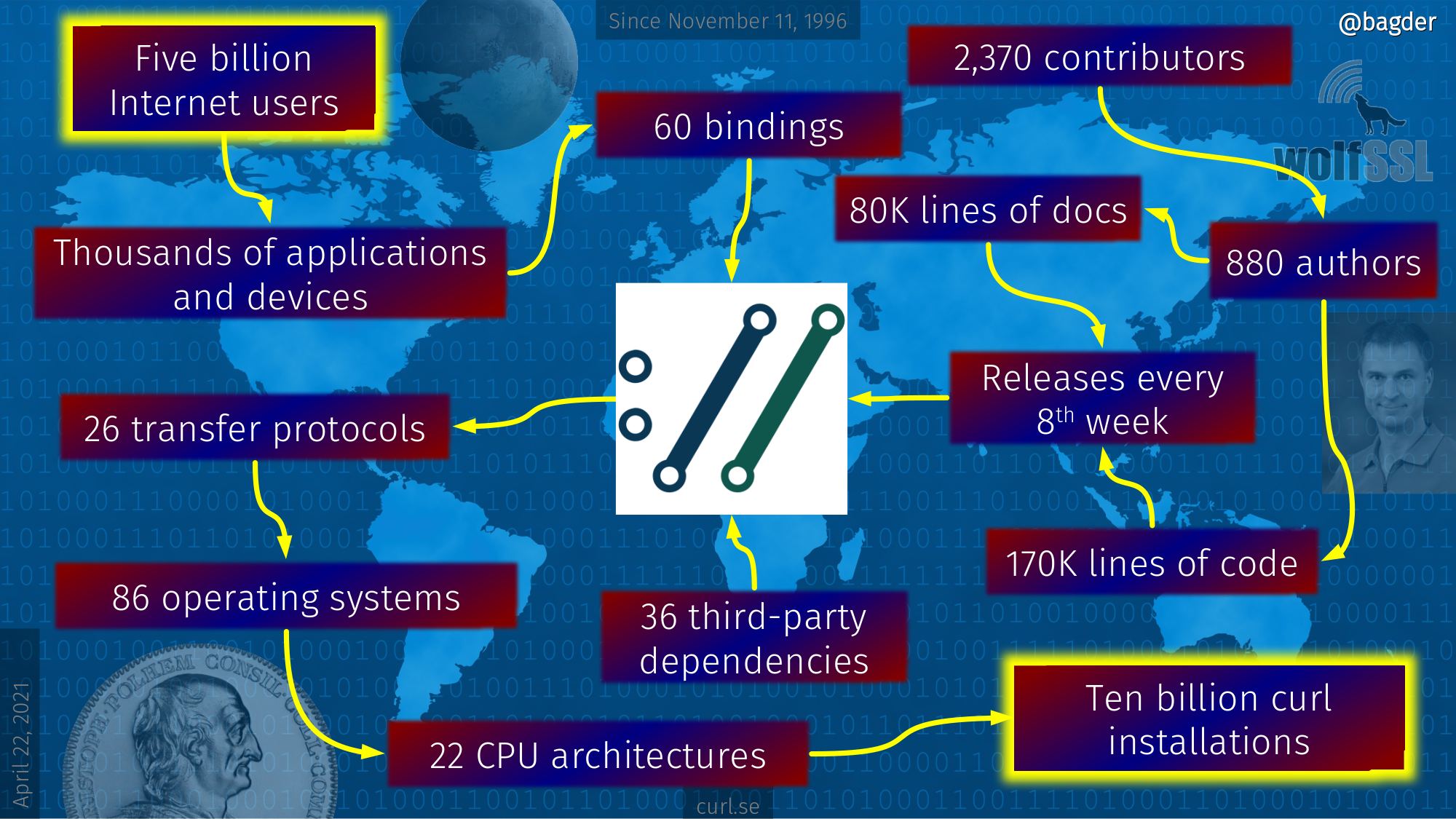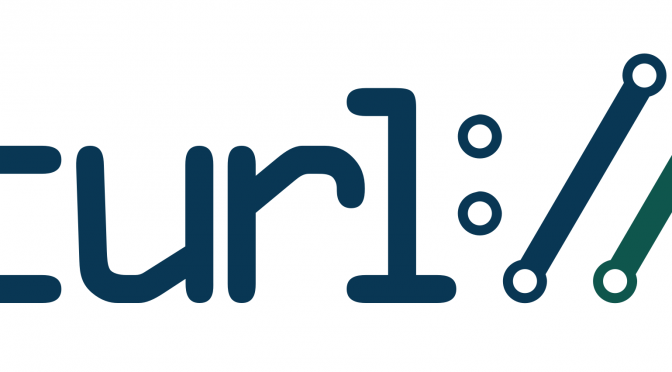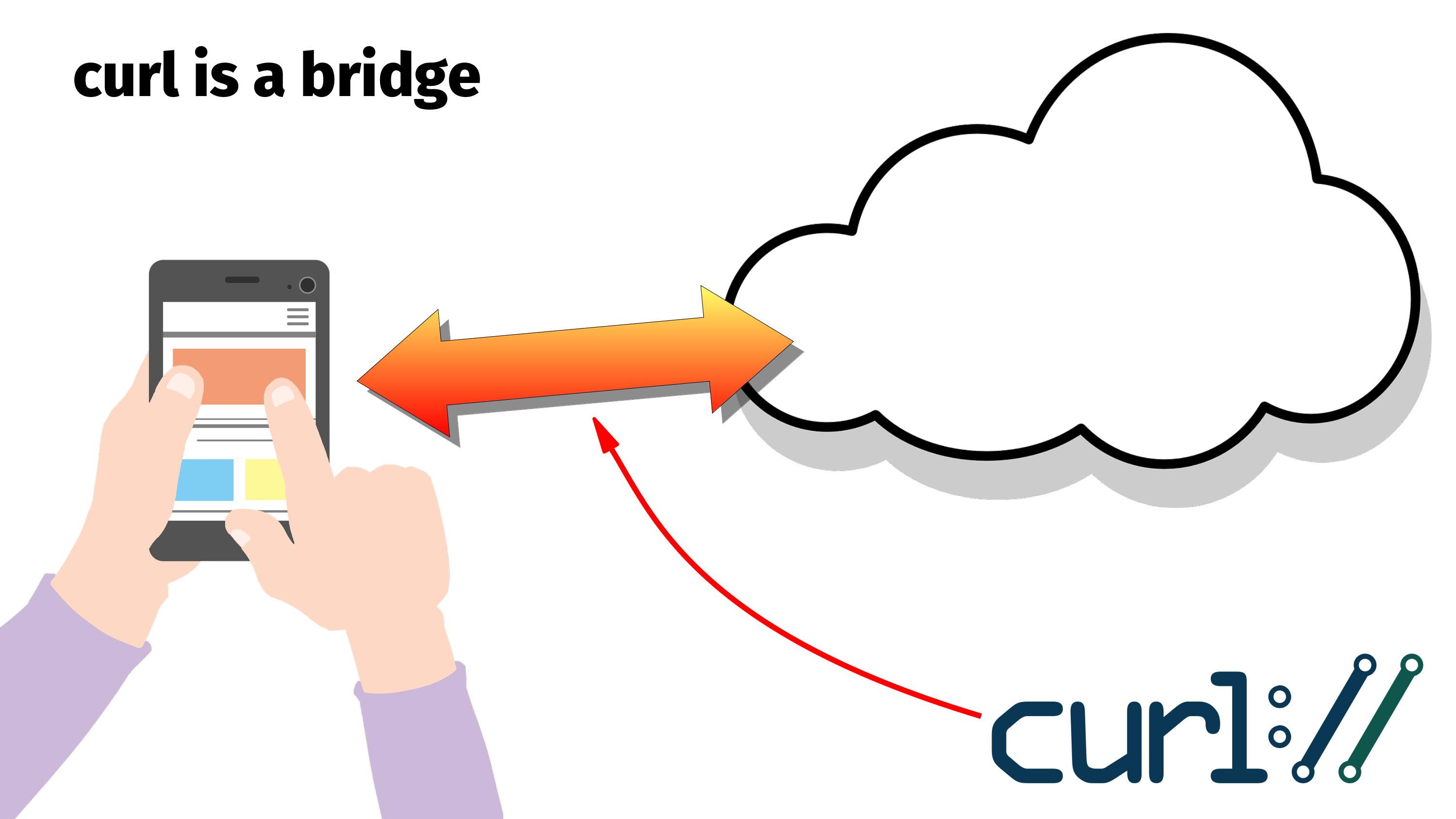You know that question you can get asked casually by a person you’ve never met before or even by someone you’ve known for a long time but haven’t really talked to about this before. Perhaps at a social event. Perhaps at a family dinner.
– So what do you do?
The implication is of course what you work with. Or as. Perhaps a title.
Software Engineer
In my case I typically start out by saying I’m a software engineer. (And no, I don’t use a title.)
If the person who asked the question is a non-techie, this can then take off in basically any direction. From questions about the Internet, how their printer acts up sometimes to finicky details about Wifi installations or their parents’ problems to install anti-virus. In other words: into areas that have virtually nothing to do with software engineering but is related to computers.
If the person is somewhat knowledgeable or interested in technology or computers they know both what software and engineering are. Then the question can get deepened.
What kind of software?
Alternatively they ask for what company I work for, but it usually ends up on the same point anyway, just via this extra step.
I work on curl. (Saying I work for wolfSSL rarely helps.)
So what is curl?
curl is a command line tool used but a small set of people (possibly several thousands or even millions), and the library libcurl that is installed in billions of places.
I often try to compare libcurl with how companies build for example cars out of many components from different manufacturers and companies. They use different pieces from many separate sources put together into a single machine to produce the end product.

libcurl is like one of those little components that a car manufacturer needs. It isn’t the only choice, but it is a well known, well tested and familiar one. It’s a safe choice.
Internet what?
Lots of people, even many with experience, knowledge or even jobs in the IT industry I’ve realized don’t know what an Internet transfer is. Me describing curl as doing such, doesn’t really help in those cases.
An internet transfer is the bridge between “the cloud” and your devices or applications. curl is a bridge.
Everything wants Internet these days
In general, anything today that has power goes towards becoming networked. Everything that can, will connect to the Internet sooner or later. Maybe not always because it’s a good idea, but because it gives your thing a (perceived) advantage to your competitors.
Things that a while ago you wouldn’t dream would do that, now do Internet transfers. Tooth brushes, ovens, washing machines etc.
If you want to build a new device or application today and you want it to be successful and more popular than your competitors, you will probably have to make it Internet-connected.
You need a “bridge”.
Making things today is like doing a puzzle
Everyone who makes devices or applications today have a wide variety of different components and pieces of the big “puzzle” to select from.
You can opt to write many pieces yourself, but virtually nobody today creates anything digital entirely on their own. We lean on others. We stand on other’s shoulders. In particular open source software has grown up to become or maybe provide a vast ocean of puzzle pieces to use and leverage.
One of the little pieces in your device puzzle is probably Internet transfers, because you want your thing to get updates, upload telemetry and who knows what else.
The picture then needs a piece inserted in the right spot to get complete. The Internet transfers piece. That piece can be curl. We’ve made curl to be a good such piece.

Relying on pieces provided by others
Lots have been said about the fact that companies, organizations and entire ecosystems rely on pieces and components written, maintained and provided by someone else. Some of them are open source components written by developers on their spare time, but are still used by thousands of companies shipping commercial products.
curl is one such component. It’s not “just” a spare time project anymore of course, but the point remains. We estimate that curl runs in some ten billion installations these days, so quite a lot of current Internet infrastructure uses our little puzzle piece in their pictures.

So you’re rich
I rarely get to this point in any conversation because I would have already bored my company into a coma by now.
The concept of giving away a component like this as open source under a liberal license is a very weird concept to general people. Maybe also because I say that I work on this and I created it, but I’m not at all the only contributor and we wouldn’t have gotten to this point without the help of several hundred other developers.
“- No, I give it away for free. Yes really, entirely and totally free for anyone and everyone to use. Correct, even the largest and richest mega-corporations of the world.”
The ten billion installations work as marketing for getting companies to understand that curl is a solid puzzle piece so that more will use it and some of those will end up discovering they need help or assistance and they purchase support for curl from me!
I’m not rich, but I do perfectly fine. I consider myself very lucky and fortunate who get to work on curl for a living.
A curl world
There are about 5 billion Internet using humans in the world. There are about 10 billion curl installations.
The puzzle piece curl is there in the middle.
This is how they’re connected. This is the curl world map 2021.

Or put briefly
libcurl is a library for doing transfers specified with a URL, using one of the supported protocols. It is fast, reliable, very portable, well documented and feature rich. A de-facto standard API available for everyone.
Credits
The original island image is by Julius Silver from Pixabay. xkcd strip edits were done by @tsjost.



